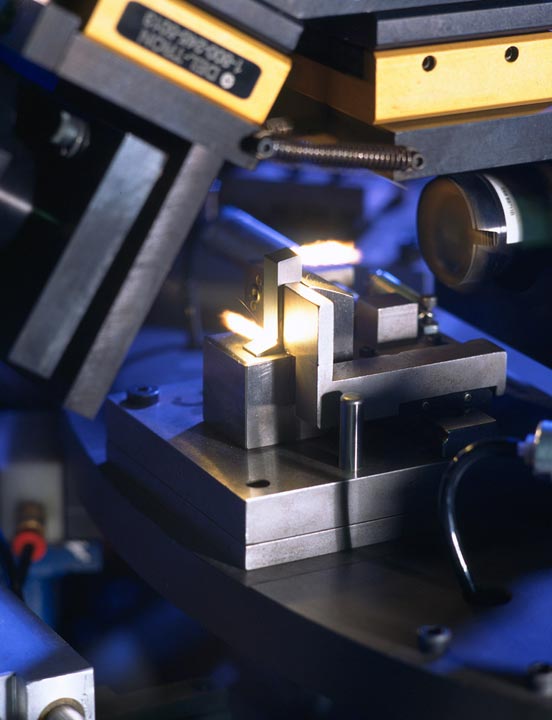By encouraging the uptake of laser processing by contract fabricators and Tier 1 and 2 manufacturers, we expect safe-guarding of existing jobs and the creation of highly skilled employment opportunities in the manufacturing sector within the EU. We estimate that ModuLase has the potential to create at least 135 jobs by year 5 post-project within the consortium companies, based on €100k/yr revenue require per employee. More employment opportunities in the region of 200-300 jobs are expected in their supply chain. The majority of new jobs will be highly skilled engineers and researchers and will contribute to the development of a knowledge-based society. Table 2.3 presents an estimation of job creation as a result of ModuLase.
While this project is environmentally neutral, laser processing is an energy efficient process compared with traditional materials processing techniques (~10% that of arc welding and cutting for example), and generates significantly less (~80%) fume. These will have localised environmental benefits for companies engaged in fabrication activities.

In-process quality control and process development carried out in this project, will optimise the configuration of the beam forming unit (BFU) leading to optimum process procedures, reduced scrappage, reduced NDT and energy consumption.
Rapid re-configuration of laser beam energy distributions (through the BFU), combined with the ‘plug-n-play’ end-effectors will allow manufacturers to changeover from one product/process to another with little human interaction in a time <1minute. This is particularly beneficial for production facilities that require frequent changeover from one process to another, leading to fast turnaround and reduced work-in-progress (WIP).
High productivity laser-based manufacturing with precision tooling, accurate beam configuration and integrated closed-loop process monitoring, will support zero defect manufacturing and reduce re-work and scrap. Furthermore, the ModuLase system will allow manufacturers to adopt parallel process cell layouts, rather than sequential process cell layouts; reducing the risk of production-line stoppages.
End- users will save as much as 59% when installing the ModuLase head (with three end-effectors considered in this project) Potentially higher savings are possible for organisations adopting more end-effectors. Further savings may be realised when replacing end-effectors due to wear or damage.
Laser sources require significant CapEx, and payback time is highly dependent on utilisation time. Current process heads take at 2 to 4hrs to changeover (usually done for damage rather than flexible manufacturing), during which the laser source is sitting idle and non-productive. The anticipated changeover time of <1 minute for the proposed ModuLase process head, improves utilisation rates. Furthermore, the ModuLase system will allow manufacturers to adopt parallel process cell layouts, rather than sequential process cell layouts; reducing the risk of production-line stoppages.
As modular end-effectors can be easily and cheaply replaced, for example, during regular maintenance as part of quality control or when damaged. Current commercially available process heads have a fixed beam configuration, which means manufacturers have to buy new process heads when a specific laser head configuration is necessary.
In the case of the ModuLase system, reconfiguring the BFU to match the required beam configuration will save time and cost. The integrated process control and monitoring system also helps minimise, if not eliminate, defects and therefore save on re-work or scrappage.
